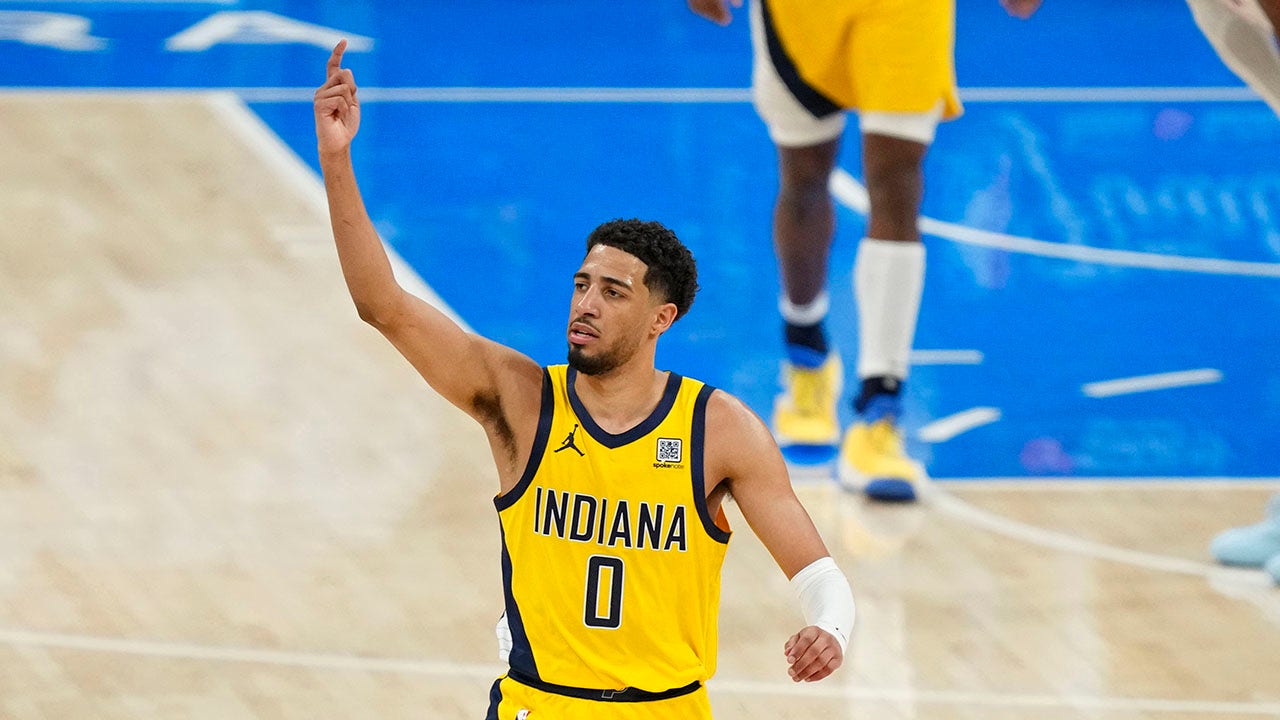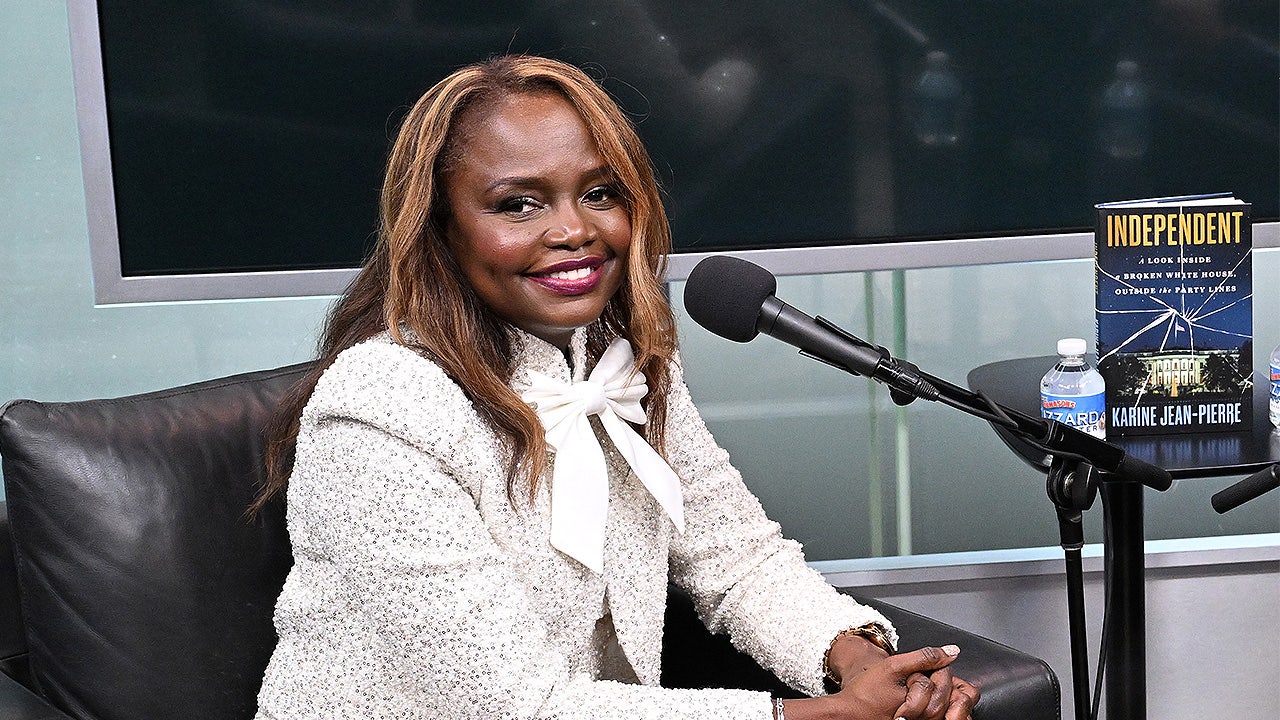Pollster and political analyst Nate Silver is drawing attention to a growing political shift: young men are increasingly breaking away from the Democratic Party.
The trend, confirmed by recent election data and survey research, has prompted new discussion about the party’s messaging, voter outreach strategies, and how mental health may intersect with political alignment.
Silver recently commented on the issue via social media, analyzing why Democrats are losing ground with younger male voters.
Wow.
Nate Silver pointing out the uncomfortable truth for Democrats I’ve mentioned before…
There’s an entire demographic who take antidepressants and go to therapy, and then think we should all listen to them on how to run the country. pic.twitter.com/9aAMZ7XJpn
— Geiger Capital (@Geiger_Capital) June 2, 2025
Trump’s Sovereign Wealth Fund: What Could It Mean For Your Money?
Using data from the 2022 Cooperative Election Study—a national survey of more than 50,000 respondents conducted by YouGov—Silver pointed to a notable correlation between political preference and self-reported mental health.
This Could Be the Most Important Video Gun Owners Watch All Year
The data show that younger, self-identified conservatives report significantly higher levels of mental well-being than their liberal counterparts.
“I think an underrated factor in the ‘how can Democrats win back young men’ debate is the effects of personality, which differ especially among younger voters [and] are quite strongly correlated with voting preferences,” Silver wrote in a recent post.
According to the data, 51% of conservatives reported having “excellent” mental health, compared to just 20% of liberals.
On the opposite end, 45% of liberals described their mental health as poor, versus 19% of conservatives. Silver noted that “conservative ideology may work as a psychological buffer.”
Nate Silver’s latest blog post notes that conservatives are up 31 points among those with self-described excellent mental health, and down 26 among those with poor mental health.
Democrats have turned themselves into the party of the neurotic, the unstable, and the miserable.… pic.twitter.com/n4evL19F33
— Charlie Kirk (@charliekirk11) June 2, 2025
The polling trend has been reflected in recent electoral outcomes as well.
In the 2024 presidential election, President Donald Trump captured 55% of the male vote overall.
That included 60% of white male voters, 54% of Hispanic male voters, and 21% of black male voters, according to post-election data.
Men between the ages of 18 and 44 voted for Trump by a clear majority, with one of the most striking figures being a 28-point margin among young white men who had previously supported Joe Biden in 2020. Many of these voters switched to support Trump in 2024.
As the Democratic Party looks to reverse the trend, efforts have been made to reconnect with younger men.
One such effort includes a $20 million outreach campaign.
Reports indicate that the campaign’s messaging has drawn criticism for being tone-deaf, particularly after the party selected a “disabled Latino lesbian” as the face of the initiative—an identity choice some critics argue may not resonate with the specific demographic the campaign is trying to reach.
This is the Democrats secret weapon to bring back the young male voters
Thoughts? pic.twitter.com/Gq9LwdsPkD
— Vince Langman (@LangmanVince) May 30, 2025
Silver’s comments and the surrounding data have reignited conversations about whether the Democratic Party is effectively connecting with male voters, particularly younger men.
Political observers across the spectrum have noted the challenge the party faces in regaining trust among this group.
Public perception surveys continue to indicate that many Americans view the Democratic Party as politically ineffective or out of touch, a factor that may also be contributing to the shift.
Polls have shown declining favorability ratings among key voting blocs, including working-class men, regardless of racial background.
Democratic strategists have acknowledged the concern, with some admitting the party needs to reassess its messaging, especially as Republicans have continued to outperform with younger male voters in recent election cycles.
As the 2026 midterm cycle approaches, both parties are expected to sharpen their focus on young voters—particularly men—as the electorate continues to realign across demographic lines.
Connect with Vetted Off-Duty Cops to Instantly Fulfill Your Security Needs
Read the full article here










![Democrat Strategist Admits Crockett Running for Senate Is ‘Dream Scenario’ for GOP [WATCH] Democrat Strategist Admits Crockett Running for Senate Is ‘Dream Scenario’ for GOP [WATCH]](https://www.lifezette.com/wp-content/uploads/2025/08/2025.08.03-08.23-lifezette-688fc52e2fd5b.jpg)

